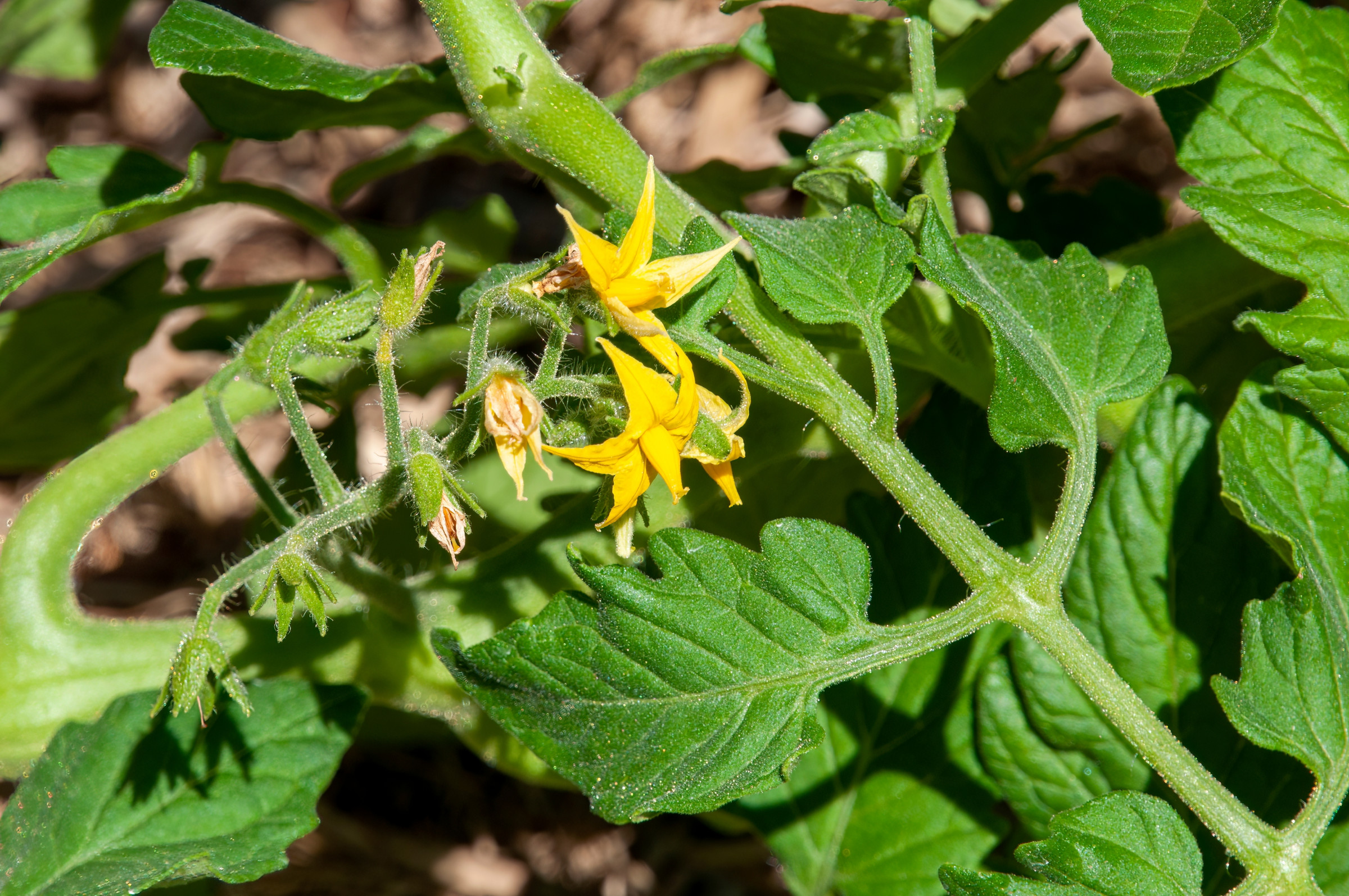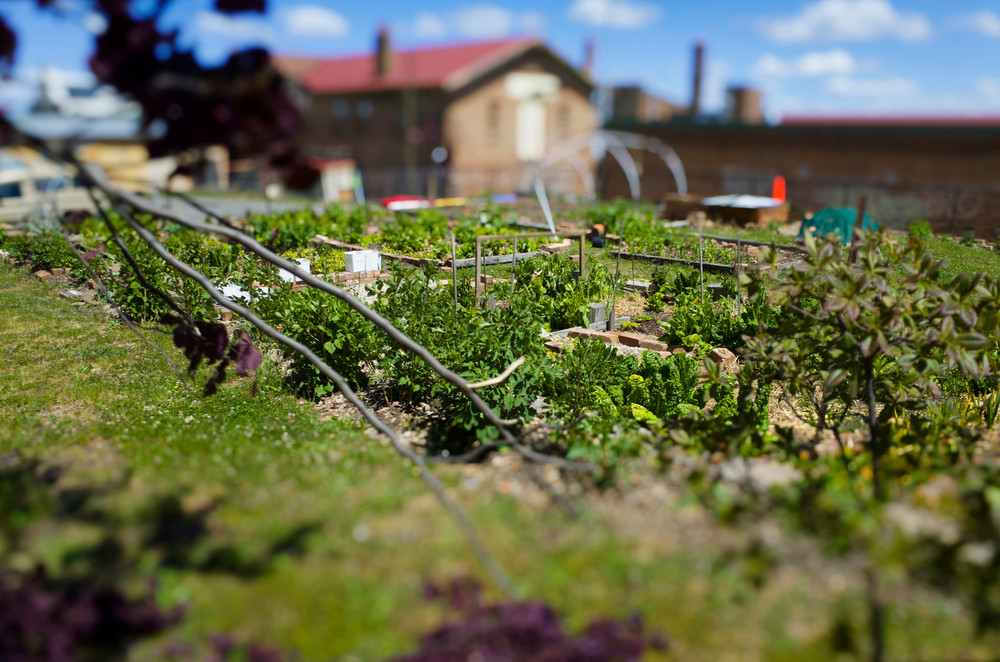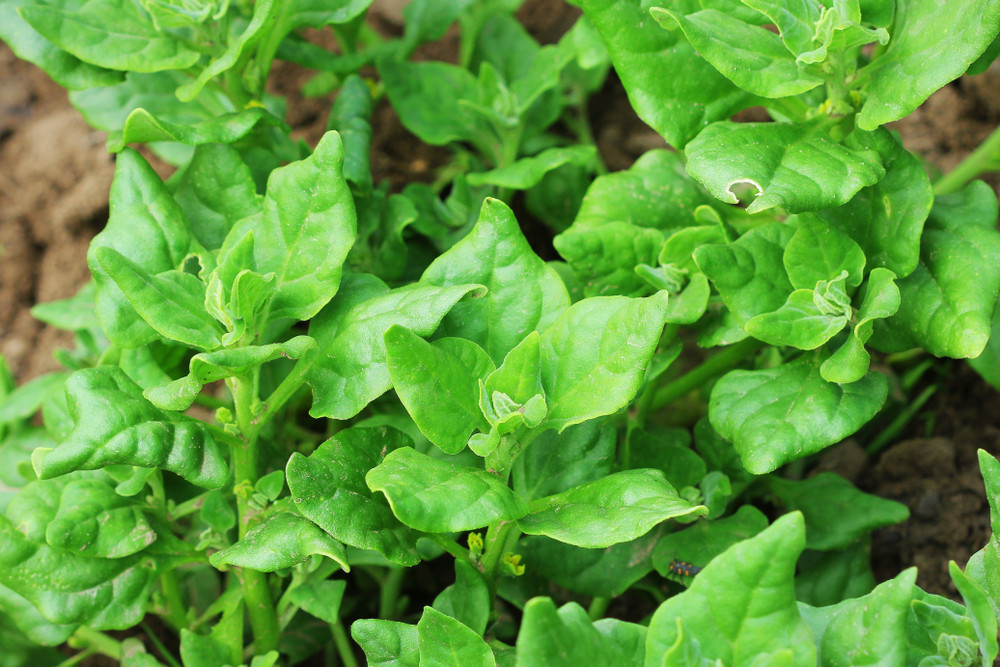The Easiest Vegetables to Grow in New South Wales, Australia

The Easiest Vegetables to Grow in New South Wales, Australia
Gardening in New South Wales (NSW), Australia, offers a diverse range of possibilities due to the region's varying climates. From the coastal regions to the mountainous areas, and even the arid interiors, you can enjoy a bountiful vegetable garden. For beginners or those seeking low-maintenance options, here is a guide to the easiest vegetables to grow in this vibrant part of Australia.
1. Tomatoes

Tomatoes are a favorite among Australian gardeners. They thrive in the warm climate of NSW and can be grown in both garden beds and containers. To ensure a successful tomato harvest, use a garden planner to schedule planting after the last frost. Choose varieties like 'Roma' or 'Cherry' tomatoes, which are particularly resilient and productive. Tomatoes require full sun, well-drained soil, and regular watering. Supporting the plants with stakes or cages helps them grow upright and reduces the risk of disease.
2. Lettuce
Lettuce is an excellent choice for new gardeners due to its fast-growing nature and minimal care requirements. It can be grown almost year-round in NSW, especially if you use a garden planner to avoid the hottest summer months. Varieties such as 'Butterhead' and 'Cos' are popular. Lettuce prefers partial shade and consistent moisture. Harvesting the outer leaves as needed allows the plant to continue producing fresh greens.
3. Zucchini
Zucchini is another easy vegetable to grow and is well-suited to the climate of NSW. Plant zucchini seeds directly into the ground after the last frost, using your garden planner to determine the optimal planting time. This vegetable thrives in full sun and fertile, well-drained soil. Zucchini plants are prolific producers, and regular harvesting encourages more fruit to develop. Be mindful of pests like squash bugs and powdery mildew, but overall, zucchini is a robust choice for any garden.

4. Carrots
Carrots are versatile and can be grown in a variety of soil types, making them an ideal crop for many areas of NSW. Use a garden planner to space out your planting times, ensuring a continuous harvest throughout the year. Carrots prefer sandy, well-drained soil and need regular thinning to prevent overcrowding. Varieties like 'Nantes' and 'Danvers' are known for their sweet flavor and ease of growth. Keep the soil consistently moist, especially during germination, to ensure healthy roots.
5. Beans
Beans are one of the simplest vegetables to grow and are highly productive. Both bush and pole beans can be grown successfully in NSW. Using a garden planner, plant beans in succession to enjoy a steady supply throughout the growing season. Beans require full sun and well-drained soil. They are also nitrogen-fixing plants, which means they improve soil fertility as they grow. Regular harvesting encourages continuous production.
6. Radishes
Radishes are perfect for impatient gardeners as they mature rapidly, often within 30 days. They can be planted throughout the year, except during the peak of summer. Using a garden planner helps you stagger plantings for a consistent harvest. Radishes prefer loose, well-drained soil and regular watering. Varieties like 'Cherry Belle' and 'French Breakfast' are popular choices for their crisp texture and mild flavor.
7. Warrigal Greens (New Zealand Spinach)

Warrigal Greens, also known as New Zealand Spinach, is a native Australian vegetable that thrives in the climate of NSW. This resilient plant can grow in coastal areas with salty soil and also in well-drained garden beds. Use a garden planner to decide the best time to plant, typically in spring or autumn. Warrigal Greens require minimal care, making them an excellent choice for beginners. They prefer full sun to partial shade and regular watering. This leafy green is not only easy to grow but also highly nutritious, rich in vitamins and minerals.
Climate and Soil in New South Wales
New South Wales boasts a diverse climate, from the temperate coastal areas to the cool highlands and arid inland regions. Coastal areas, including Sydney, experience mild winters and warm, humid summers, making them suitable for a wide range of vegetables. The mountainous regions, like the Blue Mountains, have cooler temperatures, which are ideal for cool-season crops. The inland areas have hot summers and cold winters, necessitating careful selection of planting times and crop varieties.
Soil types in NSW vary widely, from sandy soils near the coast to clay and loamy soils inland. Using a garden planner can help you adapt your planting schedule and soil preparation techniques to your specific location. Soil improvement through the addition of compost and organic matter is beneficial across all soil types to enhance fertility and drainage.
Benefits of Using a Garden Planner
A garden planner is an invaluable tool for any gardener, especially in a region with as much climatic variability as NSW. It helps you:
- Schedule planting and harvesting times to match the local climate and avoid extreme weather.
- Rotate crops to prevent soil depletion and reduce pest and disease problems.
- Plan the layout of your garden to maximize space and improve plant health.
- Keep track of your garden’s progress and make adjustments as needed.
By starting with these resilient and low-maintenance crops, you can build confidence in your gardening skills and enjoy fresh, homegrown produce throughout the year. With the right planning and care, your vegetable garden in New South Wales can be both productive and rewarding. Happy gardening!


